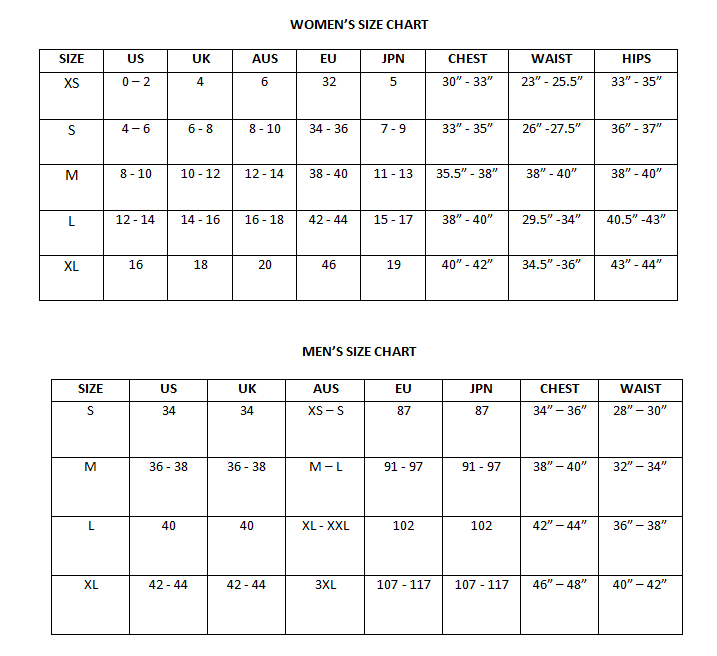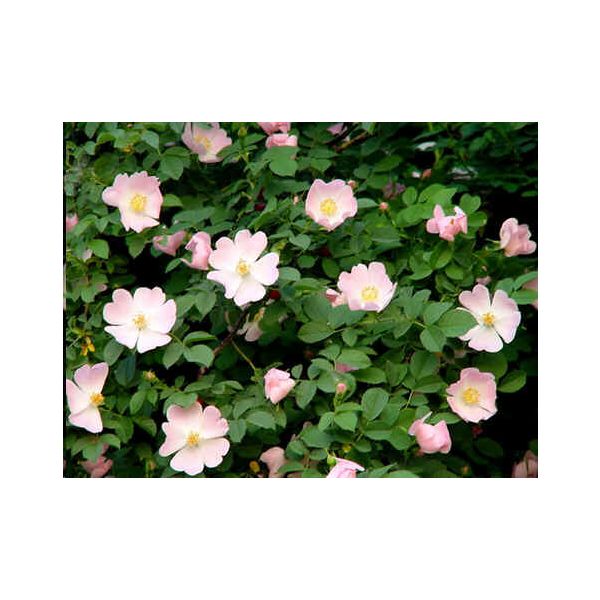Rosa Canina Seeds (Wild Rose Seeds, Dog Rose Seeds)
Rosa Canina Seeds (Wild Rose Seeds, Dog Rose Seeds)
They make wonderful displays in the hedgerows during June and July.

Delivery
All orders shipped with UPS Express.
Always free shipping for orders over US $250.
All orders are shipped with a UPS tracking number.
Returns
Items returned within 14 days of their original shipment date in same as new condition will be eligible for a full refund or store credit.
Refunds will be charged back to the original form of payment used for purchase.
Customer is responsible for shipping charges when making returns and shipping/handling fees of original purchase is non-refundable.
All sale items are final purchases.
Help
Give us a shout if you have any other questions and/or concerns.
Email: contact@domain.com
Phone: +1 (23) 456 789
Availability: In stock
SKU
Rosa Canina
Rosa canina or Dog Rose is a variable scrambling rose species native to Europe, northwest Africa, and western Asia. It is a deciduous shrub normally ranging in height from 1-5 m. They are used to catch onto surrounding shrubs.
The long arching stems are green to purple and have strong, curved prickles, on a base 15 mm long. The alternate leaves have 5-7 leaflets, 15-40 mm long, which have single or double-toothed saw-edges, and are usually hairless on both surfaces. Large, leafy stipules, which runs up the leaf stalks, is about 2 cm long. Dog roses can be either self-supporting or climbers; the tallest specimens invariably use other plants for support. They make wonderful displays in the hedgerows during June and July.
The white or pink, 5-petalled flowers are 4-6 cm across and in clusters of 1-5. The styles in the centre of the flower are joined together into a persistent, slender column and mature into an oval 1.5-2 cm red-orange fruit, or hip. They open in June and July and develop into red hips ripe in autumn. They are mildly fragrant.
Hardiness zones: 4-9 (-32øC/-25øF, -5øC/25øF) in winter. It thrives on a wide range of soils, except very dry or waterlogged ones. Once established, provide with ample water and sunlight; very good drainage is a must, though heavier soils also tolerated.
| Common name | Dog-Rose |
|---|---|
| Species | Rosa canina |
| Germination | Sow about 1mm deep in a well drained seed sowing mix. Keep the mix moist for 2 - 3 weeks at a temperature of 27 - 32øc. After that period keep those at 3øc for the next 4 months by which time it should be starting to germinate. The seeds will only germinate with light. Rosa canina seeds will usually germinate in 30-365+ days, but even under good conditions germination may be erratic. |
| Price View | Price Range |

